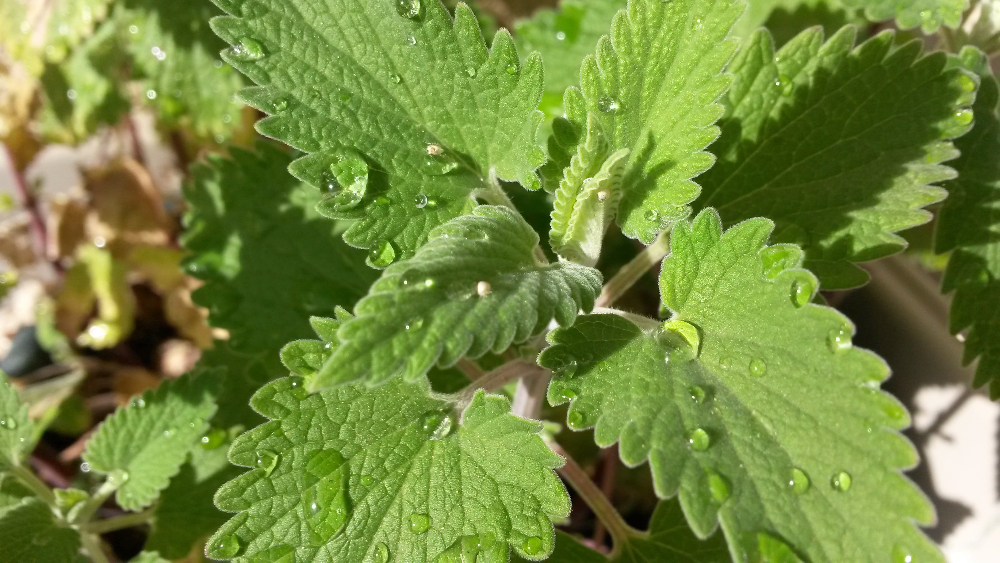Nepeta cataria, commonly known as catnip, is a small-sized herbaceous species with a soft stem. Originating from Europe and southwest Central Asia, it has become a popular addition to gardens across North America. The species’ name is derived from its stimulating effect on both domestic and wild cats, making it a common ingredient in toys and other cat products. This article aims to provide an in-depth understanding of catnip and its various applications.
The Science Behind Catnip: How Does It Work?
Catnip’s allure for cats lies in a volatile substance it produces called nepetalactone. This compound interacts with the olfactory bulb of cats, causing reactions in the tonsils and hypothalamus, organs responsible for emotions and bodily reactions.
The perception of nepetalactone in felines is a genetic trait, occurring through the Jacobson or vomeronasal organ, an auxiliary olfactory organ specific to felines. Interestingly, not all cats are affected by catnip; studies indicate that approximately 25% of cats, both domestic and wild, do not interact with the plant. This non-reaction may be linked to hereditary factors passed down through generations.
Effects of Catnip: A Symphony of Sensations
Catnip’s stimulation can lead to euphoria, agitation, and increased sociability in cats. These effects last for about 10 minutes after inhalation, followed by a calming period. Cats may exhibit behaviors such as head shaking, tail wagging, increased salivation, and temporary hyperactivity.
The behavioral effects can vary widely among individual cats. Some may become agitated, while others may relax. They may also emit vocalizations, chew or lick the plant, rub against it, or even run and hunt imaginary objects.
Usage Guidelines: When and How to Use Catnip
Catnip is suitable for all cats, especially those that are more sedentary or older, as it helps with energy expenditure through physical and mental exercises. It’s also beneficial for ambiance in cases of changing homes or for skittish cats with visitors, making them calmer and more friendly.
There are no contraindications for using catnip, as it is non-toxic and has no adverse effects. However, moderation is key, as excessive ingestion can lead to vomiting and diarrhea.
Benefits of Catnip: More Than Just a Plaything
Catnip offers several health and well-being benefits for cats, including:
- Relaxation: Helps in calming aggressive and stressed cats.
- Stimulation: Encourages energy expenditure, beneficial for sedentary or overweight cats.
- Wellness: Enhances overall well-being and quality of life.
- Training Aid: Can be used in cat training.
Growing Catnip at Home: A Step-by-Step Guide
Catnip can be easily grown at home, either in small pots or in the garden. Here’s a simple guide to planting catnip:
- Selection and Preparation: Buy catnip seeds and choose a well-ventilated, sunny spot.
- Planting: Prepare soft soil, place the seeds spaced apart, and cover with a thin soil layer.
- Watering: Water daily with a spray bottle.
- Germination: Seeds begin to germinate between 7 and 10 days.
- Harvesting and Dehydration: Cut branches, dry naturally or in the oven, crumble, and offer to the cats.
Conclusion: A Weekly Treat for Your Kitty
Understanding catnip’s effects and benefits allows cat owners to provide a delightful and beneficial treat for their feline friends. Whether used for play, relaxation, or training, catnip can enhance the lives of cats and their owners alike. Why not make it a weekly treat for your kitty?

